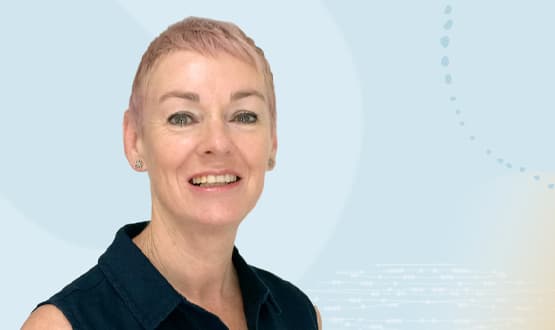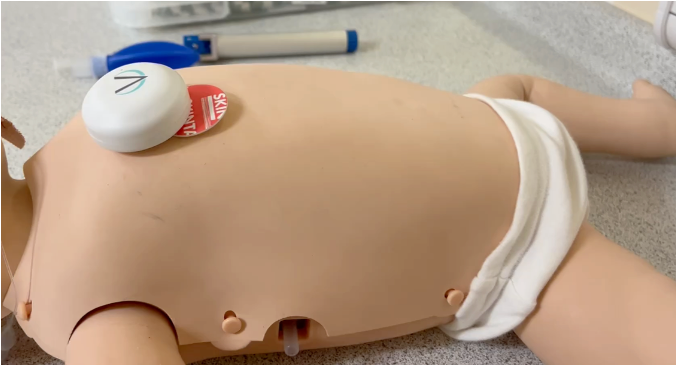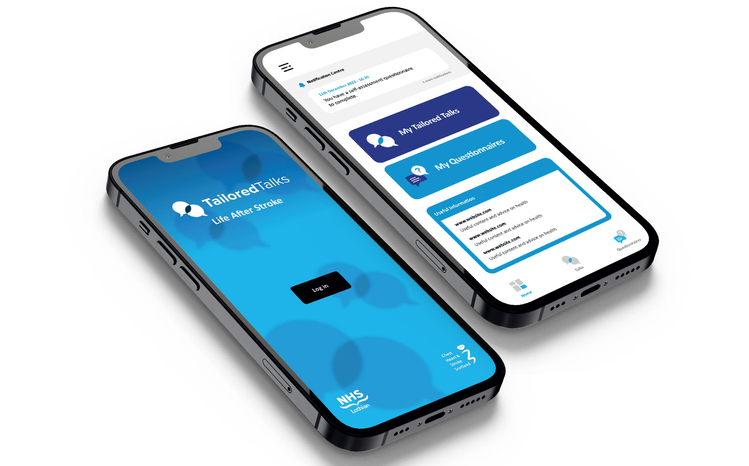One of the “joys” of Justine Patterson’s role is supporting NHS staff to change the way they do things. By Claire Read
When Justine Patterson moved from a healthcare career in her native New Zealand to one in the UK, she knew a degree of culture shock was inevitable. Yet Patterson, who today works as a population health executive at Oracle Health, vividly remembers one very specific difference she couldn’t quite get her head around.
“In New Zealand I’d been working within a district health board, and it had a business intelligence unit with a really great enterprise system set up,” she explains.
“The system brought in information from all the different services areas and the team then created monthly reports.
“From those reports every service manager knew their 10 top highest cost HRGs [healthcare resource groups; a standard used to report activity and calculate payments] and which were the high volume ones, so they could manage their services accordingly.
“But when I started working in the UK in 2010 and was talking to general managers of services, they couldn’t tell me what their high volume HRGs were. They couldn’t even tell you the total number of people going through the service.
“I remember thinking: ‘How can you manage your service when you don’t even know your activity? And how can you improve things if you don’t have a baseline?’ I found it quite shocking.”
It was in her initial role in the UK, at a clinical homecare company which worked widely with the NHS, that Patterson first started thinking more deeply about digital.
“I could see that there was huge potential for it to completely change the way in which care was delivered, and for it to be more personalised.”
So in 2017 she joined Cerner (now Oracle Health) as a population health executive. “I thought population health was something I could really get my teeth into, because it was very much that whole health and care system point of view,” explains Patterson.
It was also a means of comprehensively addressing the lack of information and insight that had so shocked her when she first arrived in the UK.
New insights from data
“The tools we have as a company bring data together to create a very rich dataset,” says Patterson. “It gives insights people haven’t had before, especially given we can add in data around wider determinants of health.”
Patterson’s role is to support clients in making the most of the Oracle Population Health Platform. One of the “joys” she says, is when staff at an organisation start to fully understand the potential of the tool and “just go off and do things on their own, changing the way they do things accordingly”.
She points to the example of the health and care system in the south London borough of Lewisham, where she’s worked closely with staff on a range of projects. One involved using the Oracle Population Health Platform to review frail patients on the trauma and orthopaedics waiting list.
“It showed that a percentage should never have been on the waiting list in the first place – they either were never going to be fit enough for surgery or it wasn’t going to change their outcome. When staff had conversations with patients to explain this, many patients decided they no longer wanted to be on the waiting list.”
That then freed up capacity for those who were best placed to have surgery. But it also led to a change in processes.
“Frail people referred for orthopaedic surgery are now reviewed by a multidisciplinary clinical panel first. That panel discusses the case, looks at things, including getting an anaesthetist’s opinion. Only then is a decision made on whether the patient should go ahead to the waiting list for surgery.
“Then patients can be helped to stay well while they wait, or they can have a conversation about why surgery may not be the best option.”
Population health data is also used in Lewisham’s primary care settings. Every one of its primary care networks has a health inequality fellow. “And each of those fellows works on a project that’s particularly relevant to that local community – and they use the Oracle Population Health Platform data to help decide on the areas to target.”
The combination of primary care and acute data within the system is hugely valued by local staff, she says. But for Patterson the dream is to integrate more data still.
Knowing where to spend for impact
“I think the future focus is widening the range of data you can bring together and link at a patient level,” she says. “So it’s not just health and care and wider determinants of wellbeing, it’s actually then linking to enterprise data like workforce, finance, supply chain.
“Money and funding is always an issue,” she continues. “I’d like to see data that allowed people to say: ‘Well, actually, we need to stop doing this in this way because it’s not clinically or cost effective. Instead, we need to put that money over here where we know it’s going to make more impact because we can see the results that area has been getting.’ And being able to do that at a place-based level as well as a system level.”
She suggests CIOs and CCIOs can help progress that journey by listening to the insights of clinical colleagues and acting accordingly. “Everything needs to be use case driven and evidence driven.”
Now happily ensconced in the UK, and eager to continue her population health management work, Patterson says she nonetheless often reflects on her early career in New Zealand.
“I think people in New Zealand assume the NHS is miles ahead of the healthcare system there,” she says. “But actually there is good work happening in New Zealand, and elsewhere in the world, that the NHS can learn from.”
Contact Oracle Health:
Website: www.oracle.com/health
Linkedin: Oracle Health
X (formerly known as Twitter): @OracleHealth







